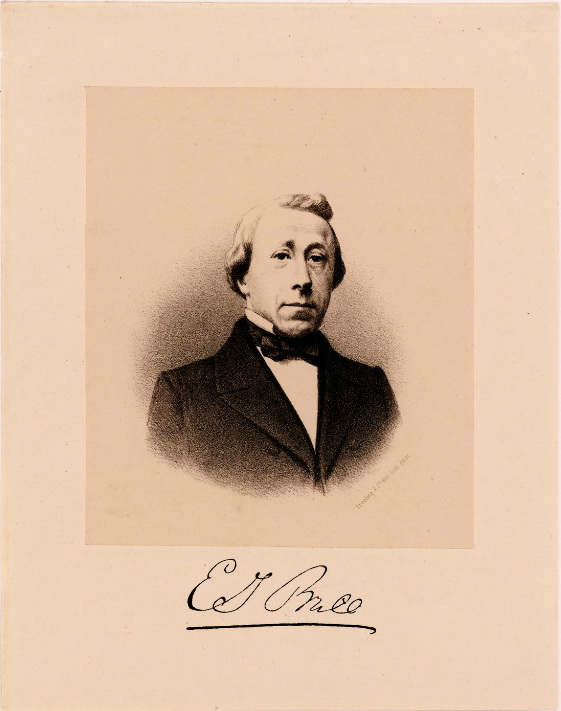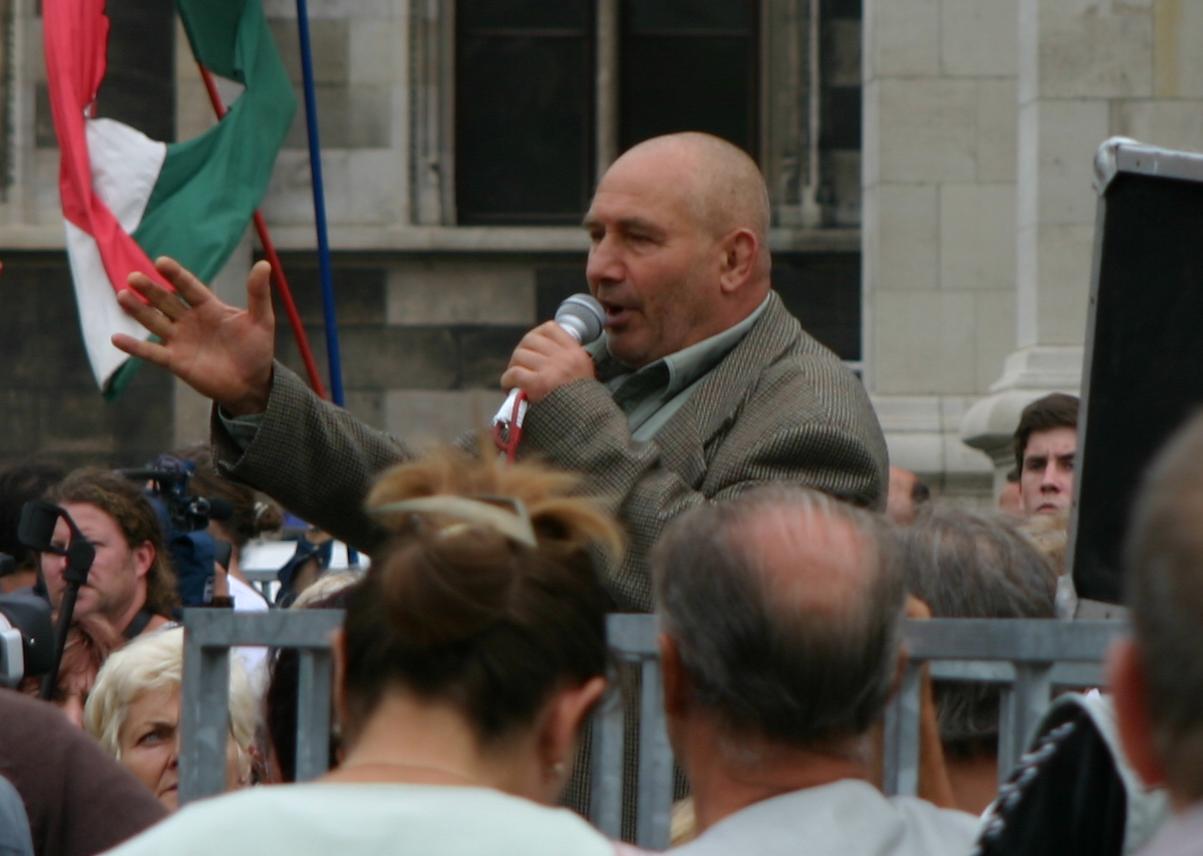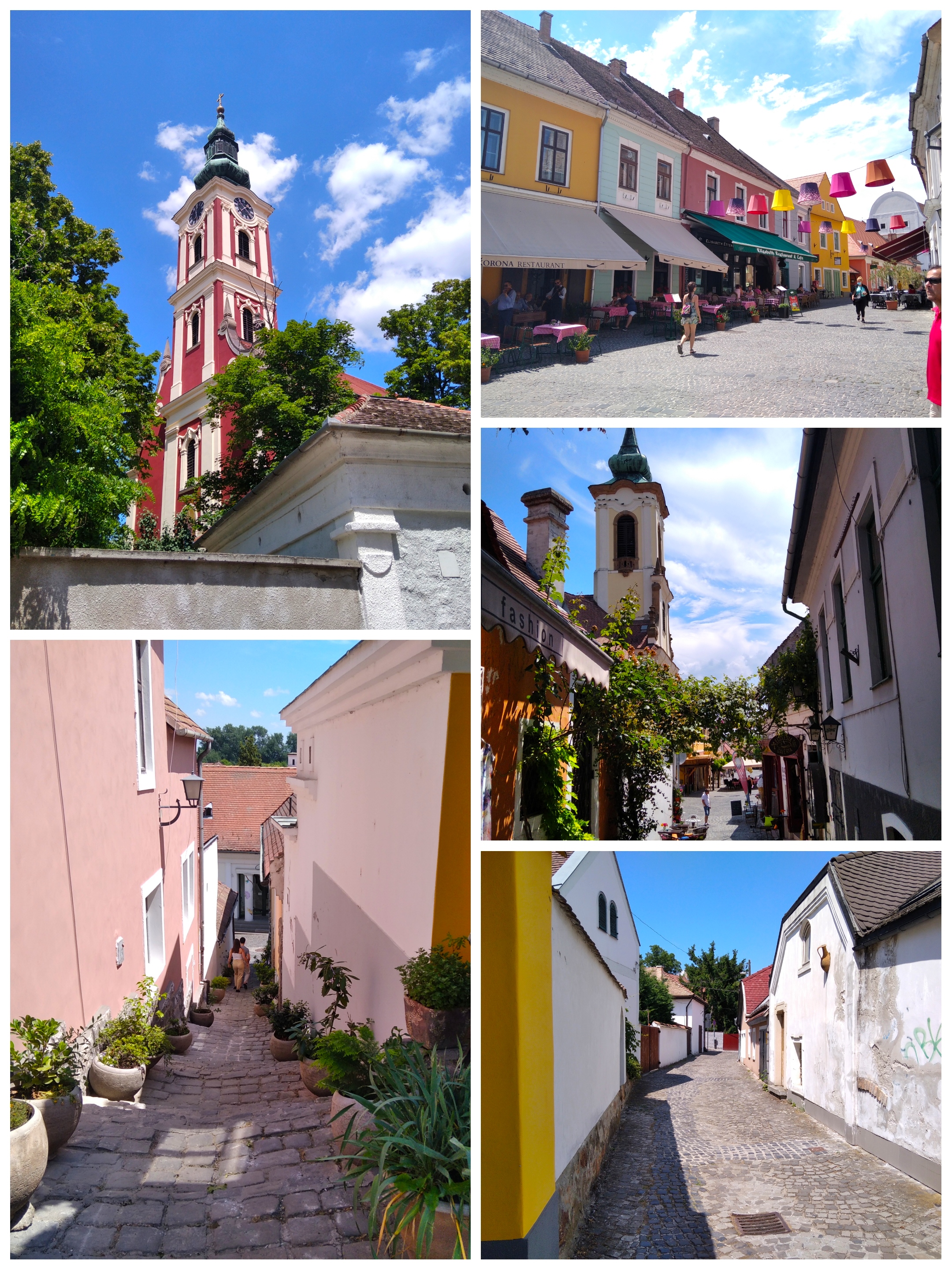|
Turks In Hungary
The Turks in Hungary, also referred to as Turkish Hungarians and Hungarian Turks, ( hu, Magyarországi törökök, tr, Macaristan Türkleri) refers to ethnic Turks living in Hungary. The Turkish people first began to migrate predominantly from Anatolia during the Ottoman rule of Hungary (1541-1699). A second wave of Ottoman-Turkish migration occurred in the late 19th century when relations between the Ottoman Empire and the Austro-Hungarian Empire improved; most of these immigrants settled in Budapest. Moreover, there has also been a recent migration of Turks from the Republic of Turkey, as well as other post-Ottoman states (such as Bulgaria). History Culture Language Most Hungarian Turks are bilingual and can speak both Turkish and Hungarian. Moreover, due to the Ottoman rule during the 16th-17th centuries, the Turkish language has also influenced greater Hungarian society; today, there are still numerous Turkish loanwords in the Hungarian language. Religion ... [...More Info...] [...Related Items...] OR: [Wikipedia] [Google] [Baidu] |
Bulgarian Turks
Bulgarian Turks ( bg, български турци, bŭlgarski turtsi, tr, Bulgaristan Türkleri) are a Turkish ethnic group from Bulgaria. According to the 2021 census, there were 508,375 Bulgarians of Turkish descent, roughly 8.4% of the population, making them the country's largest ethnic minority. Bulgarian Turks also comprise the largest single population of Turks in the Balkans. They primarily live in the southern province of Kardzhali and the northeastern provinces of Shumen, Silistra, Razgrad and Targovishte. There is also a diaspora outside Bulgaria in countries such as Turkey, Austria, the Netherlands, Sweden, Norway and Romania, the most significant of which are the Bulgarian Turks in Turkey. Bulgarian Turks are the descendants of Turkish settlers who entered the region after the Ottoman conquest of the Balkans in the late 14th and early 15th centuries, as well as Bulgarian converts to Islam who became Turkified during the centuries of Ottoman rule. Howe ... [...More Info...] [...Related Items...] OR: [Wikipedia] [Google] [Baidu] |
Brill Publishers
Brill Academic Publishers (known as E. J. Brill, Koninklijke Brill, Brill ()) is a Dutch international academic publisher founded in 1683 in Leiden, Netherlands. With offices in Leiden, Boston, Paderborn and Singapore, Brill today publishes 275 journals and around 1200 new books and reference works each year all of which are "subject to external, single or double-blind peer review." In addition, Brill provides of primary source materials online and on microform for researchers in the humanities and social sciences. Areas of publication Brill publishes in the following subject areas: * Humanities: :* African Studies :* American Studies :* Ancient Near East and Egypt Studies :* Archaeology, Art & Architecture :* Asian Studies (Hotei Publishing and Global Oriental imprints) :* Classical Studies :* Education :* Jewish Studies :* Literature and Cultural Studies (under the Brill-Rodopi imprint) :* Media Studies :* Middle East and Islamic Studies :* Philosophy :* Religious ... [...More Info...] [...Related Items...] OR: [Wikipedia] [Google] [Baidu] |
Shoes On The Danube Bank
The Shoes on the Danube Bank () is a memorial erected on 16 April 2005, in Budapest, Hungary. Conceived by film director Can Togay, he created it on the east bank of the Danube River with sculptor to honour the Jews who were massacred by fascist Hungarian militia belonging to the Arrow Cross Party in Budapest during the Second World War. They were ordered to take off their shoes (shoes were valuable and could be stolen and resold by the militia after the massacre), and were shot at the edge of the water so that their bodies fell into the river and were carried away. The memorial represents their shoes left behind on the bank. Memorial The monument is located on the Pest side of the Danube Promenade in line with where Zoltan Street would meet the Danube if it continued that far, about south of the Hungarian Parliament and near the Hungarian Academy of Sciences; between Roosevelt Square and Kossuth square. "The composition titled 'Shoes on the Danube Bank' gives remembrance ... [...More Info...] [...Related Items...] OR: [Wikipedia] [Google] [Baidu] |
Can Togay
Can Togay (; born August 27, 1955), also known as János Can Togay, is a Hungarian film director, screenwriter, actor, poet, producer, cultural manager and cultural diplomat. Biography Can Togay was born the son of Turkish parents. He spent his childhood in Germany. In 1969, he joined the Péter Halász troupe. Between 1973 and 1978, he studied on the German and English faculty of Eötvös Loránd University, followed by two years of post-graduate work on German-French comparative linguistics under Jean-Marie Zemb of the Sorbonne Nouvelle in Paris. He finished in 1980. In 1984, he graduated from the faculty of direction of the Színház- és Filmművészeti Főiskola (College of Theatrical and Video Arts) in Budapest as the student of Zoltán Fábri. In 1991 he moved to Finland for four years. His 1992 film ''A nyaraló'' was screened in the Un Certain Regard section at the 1992 Cannes Film Festival. In 1978, he had poems published in the Mozgó Világ (Moving World) ... [...More Info...] [...Related Items...] OR: [Wikipedia] [Google] [Baidu] |
İbrahim Peçevi
İbrahim Peçevi or Peçuyli İbrahim Efendi or ''(in Bosnian)'' Ibrahim Alajbegović Pečevija (1572–1650) (Ottoman Turkish: پچویلی ابراهیم افندى ) was an Ottoman Bosnian historian-chronicler of the Ottoman Empire. Life He was born in Pécs (Peçuy), Ottoman Empire (today Hungary), hence his name, ''Peçevi'' ("from Pécs"). His mother was from the Sokolović Bosnian family. The name of his father is unknown. His paternal great-grandfather was a Turkish sipahi called Kara Davut Agha who was at the service of Mehmed II.Peçevi İbrahim Efendi, ''Tarih-i Peçevi'', Page XIX, Preface He was a provincial official in many places and became a historian after his retirement in 1641. He spoke Turkish and Bosnian very well. The year of his death is not known. According to Katip Çelebi, he died in the Islamic year of 1061 (1650 AD). But some historians think he died before 1649. Works Peçevi Effendi Effendi or effendy ( tr, efendi ; ota, افندی, efend ... [...More Info...] [...Related Items...] OR: [Wikipedia] [Google] [Baidu] |
Aarhus University Press
Aarhus University Press () is a commercial foundation, founded in 1985 by Aarhus University, Denmark. The main purpose of the press is to publish the scholarly works of researchers at the university, but many authors come from other Danish institutions of higher education and from abroad. The press not only publishes scholarly works, but also disseminates works of intellectual merit and general interest to a broad reader audience. Common to all titles is their strong scholarly base, since all books are peer-reviewed. The University Press publishes approximately 70 new books per year and is particularly strong in archaeology, history, philosophy Philosophy (from , ) is the systematized study of general and fundamental questions, such as those about existence, reason, knowledge, values, mind, and language. Such questions are often posed as problems to be studied or resolved. Some ... and literature as well as natural sciences. The press currently has more than 1,200 ... [...More Info...] [...Related Items...] OR: [Wikipedia] [Google] [Baidu] |
György Ekrem-Kemál
György Ekrem-Kemál (29 June 1945 – 12 June 2009) was a Hungarian nationalist, " Hungarist", far-right political figure, and leader of several organizations associated with Neo-Nazism and antisemitism. Life Ekrem-Kemál was born to a Turkish-Hungarian father and a Hungarian mother. His father, Ekrem Kemál, was a prominent figure in the 1956 Hungarian Revolution as a "Széna tér" revolutionary against Soviet forces. He was executed for his role in the uprising, and is widely considered a martyr amongst the Hungarian far-right. György Ekrem-Kemál died on June 12, 2009 after a long battle with lung cancer. Political Activities On 20 April 1994 (Hitler's birthday), Ekrem-Kemál, already a well-known figure in Hungarian far-right circles (mostly due to his father), co-founded the Hungarian Hungarist Movement ( hu, Magyar Hungarista Mozgalom, MHM) alongside István Győrkös and Albert Szabó. It was a largely unsuccessful attempt to unify the Hungarian far-right under the ... [...More Info...] [...Related Items...] OR: [Wikipedia] [Google] [Baidu] |
The Daily Telegraph
''The Daily Telegraph'', known online and elsewhere as ''The Telegraph'', is a national British daily broadsheet newspaper published in London by Telegraph Media Group and distributed across the United Kingdom and internationally. It was founded by Arthur B. Sleigh in 1855 as ''The Daily Telegraph & Courier''. Considered a newspaper of record over ''The Times'' in the UK in the years up to 1997, ''The Telegraph'' generally has a reputation for high-quality journalism, and has been described as being "one of the world's great titles". The paper's motto, "Was, is, and will be", appears in the editorial pages and has featured in every edition of the newspaper since 19 April 1858. The paper had a circulation of 363,183 in December 2018, descending further until it withdrew from newspaper circulation audits in 2019, having declined almost 80%, from 1.4 million in 1980.United Newspapers PLC and Fleet Holdings PLC', Monopolies and Mergers Commission (1985), pp. 5–16. Its ... [...More Info...] [...Related Items...] OR: [Wikipedia] [Google] [Baidu] |
Zakaria Erzinçlioğlu
Zakaria Erzinçlioğlu (30 December 1951 – 26 September 2002), also known as Dr Zak, was a British forensic entomologist. He used his expertise in insect biology in criminal investigations and solved more than 200 murders, earning him an international reputation. Early life Erzinçlioglu was born on 30 December 1951 in Hungary to parents of Turkish origin. He was brought up in Egypt, Sudan, and England. He earned a degree in applied zoology from Wolverhampton Polytechnic in 1975, and then began working for the Zoological Society of London. He then studied for his doctorate at Durham University. In 1984 Erzinçlioğlu moved to Cambridge University where he wrote about blowflies for '' The Naturalists' Handbooks'' series, as well as writing for other publications. He also received funding to do research in forensic entomology and was later appointed director of a new Forensic Research Center at Durham University. Books During the last years of his life, Erzinçlioglu spent tim ... [...More Info...] [...Related Items...] OR: [Wikipedia] [Google] [Baidu] |
Szentendre
Szentendre () is a riverside town in Pest County, Hungary, between the capital city Budapest and Pilis-Visegrád Mountains. The town is known for its museums (most notably the Open-Air Ethnographic Museum), galleries, and artists. Due to its historic architecture and easy rail and river access, it has become a destination for tourists staying in Budapest. There are many facilities, including souvenir shops and restaurants, catering to these visitors. Name The name of the town is ultimately based on the Medieval Latin form ' ("St. Andrew"). Because of the diverse mix of nationalities to have once settled in Szentendre, the settlement has a variety of names according to language. The Hungarian name for the town is '; the Croatian name is '; the German name is '; in Serbian, the name is ' ( sr-Cyrl, Сентандреја); the Slovak name is '. Its name (') first appeared in a student’s will in 1146, which was confirmed by King Géza II. The 12th-century city centre was sit ... [...More Info...] [...Related Items...] OR: [Wikipedia] [Google] [Baidu] |
Gül Baba
Gül Baba (died 1541), also known as Jafer, was an Ottoman Bektashi dervish poet and companion of Sultan Suleiman the Magnificent who took part in a number of campaigns in Europe from the reign of Mehmed II onwards. Biography A native of Merzifon (''Marsiwān'', in the vilāyet of Sivas, Anatolia), he was the son of Kutb’ül Arifin Veli’üddin İbn Yalınkılıç. In Hungary, Gül Baba is known as the "Father of Roses," a literal translation of the meaning of his names in Turkish; he is said to have introduced the flower to the country. However, this is likely a misunderstanding of the metaphorical meaning of the Turkish name, which referred to the dervish's status derived from his deep mystical knowledge of Allah. Roses, wild and domesticated, were already in Hungary by the time of the Ottoman invasion. The name could also be a corruption of ''Kel Baba'', meaning "Bald Father". Gül Baba is thought to have died in Buda during the first Muslim religious ceremony h ... [...More Info...] [...Related Items...] OR: [Wikipedia] [Google] [Baidu] |
Mosque Of Pasha Qasim
The Downtown Candlemas Church of the Blessed Virgin Mary ( hu, Belvárosi Gyertyaszentelő Boldogasszony-templom), formerly known as the Mosque of Pasha Qasim ( hu, Gázi Kászim pasa dzsámija, tr, Gazi Kasım Paşa Camii) is a Roman Catholic church in Pécs, Hungary, which was a mosque in the 16–17th century due to the Ottoman conquest. It is one of the symbols of the city, located in the downtown, on the main square ( Széchenyi square). The current building, a hundred steps in length and in width, was built by Pasha Qasim the Victorious between 1543 and 1546. The mosque was converted back into a church in 1702,Pécs Lexikon, Ferenc Romváry, Pécs, 2010, pp. 98, after Habsburg- Hungarian troops reconquered the city. The minaret was destroyed by the Jesuits in 1766. One of the largest Ottoman constructions remaining in Hungary, the building still retains many Turkish architectural characteristics. History Széchenyi square in the 1880s Standing at the highest point of ... [...More Info...] [...Related Items...] OR: [Wikipedia] [Google] [Baidu] |







